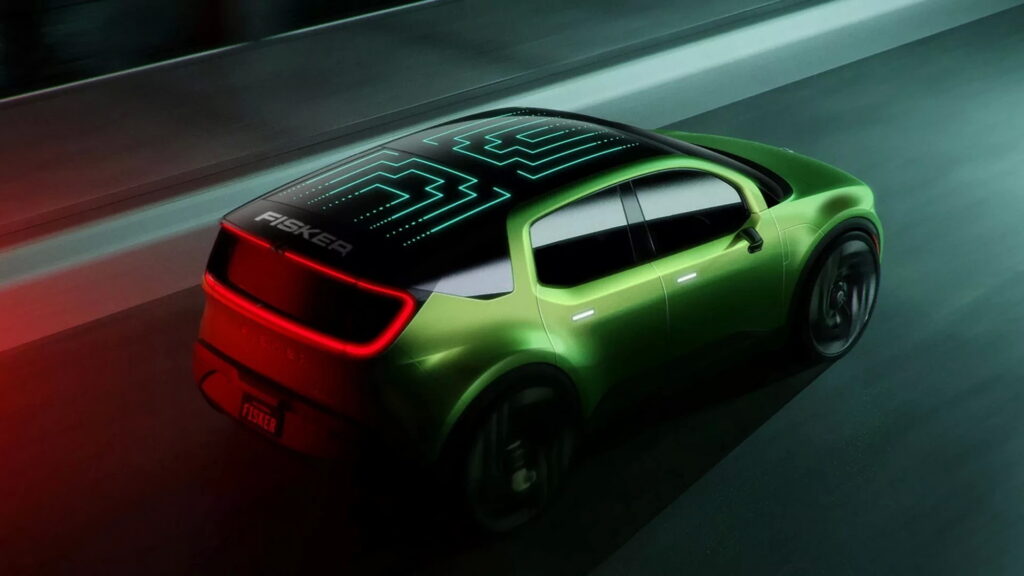There’s more bad news for Fisker, as the production start for its second model, the Pear, has been postponed. Although deliveries of the small electric crossover were set to begin in 2024, now it won’t enter production until 2025.
During the Financial Times Future of the Car conference, Henrik Fisker, CEO and founder of the company, revealed that the delays in production are attributed to the ongoing negotiations with a battery supplier, as reported by Autocar. The exact nature of the issue causing the setback remains undisclosed.
The news follows the announcement that the brand is cutting production of the newly launched Ocean SUV. While Fisker successfully delivered the first examples of the electric vehicle to customers this month, challenges related to homologation timing and the supply chain have resulted in a downward revision of the estimated vehicle production for 2023. Fisker now anticipates producing approximately 10,000 fewer vehicles than initially projected. As a consequence, the automaker’s shares experienced a decline of up to 14 percent in value this week.
Read: Fisker Has Delivered The First Ocean SUV To A Customer

The automaker is keeping its head up, though. In addition to the arrival of the Ocean, it is preparing the world for the Pear. The small SUV will start at $29,900 in the U.S., and £28,000 in the UK. “Our next vehicle will start probably under £28,000, and it will be quite radical. In fact, it’s so radical that we actually have to make some new production methods,” Henrik Fisker said during the conference.
To achieve that price point, Fisker is working to make the Pear as simple as possible. A newly designed steel chassis with 25 percent fewer parts than conventional frames, an interior with “zero moving parts,” and other measures will help lower complexity and cut costs.
What it lacks in hardware, it will make up for in software, though. The company boasts that 50 percent of its employees are software engineers.
“Today we see the buyers care about how big the screen is in the car and how connected the car is,” said Fisker. “They don’t necessarily care about some of these other typical automotive-related things.”
The CEO is making a significant bet on the Pear’s potential success, as the vehicle is anticipated to offer two battery packs options once supplier issues are resolved. While one variant will boast an impressive range of up to 300 miles (483 km), Fisker intends to market a model with a more modest range of 100–150 miles (161-241 km). The CEO confidently predicts that within two years, consumers will realize that range anxiety is overstated and that the majority of users do not require extensive battery capacity.
Whether consumers or battery suppliers have caught up with Fisker by 2025 remains to be seen, but when the vehicle is ready for production, it will be assembled in Ohio, at Foxconn’s Lordstown plant.




